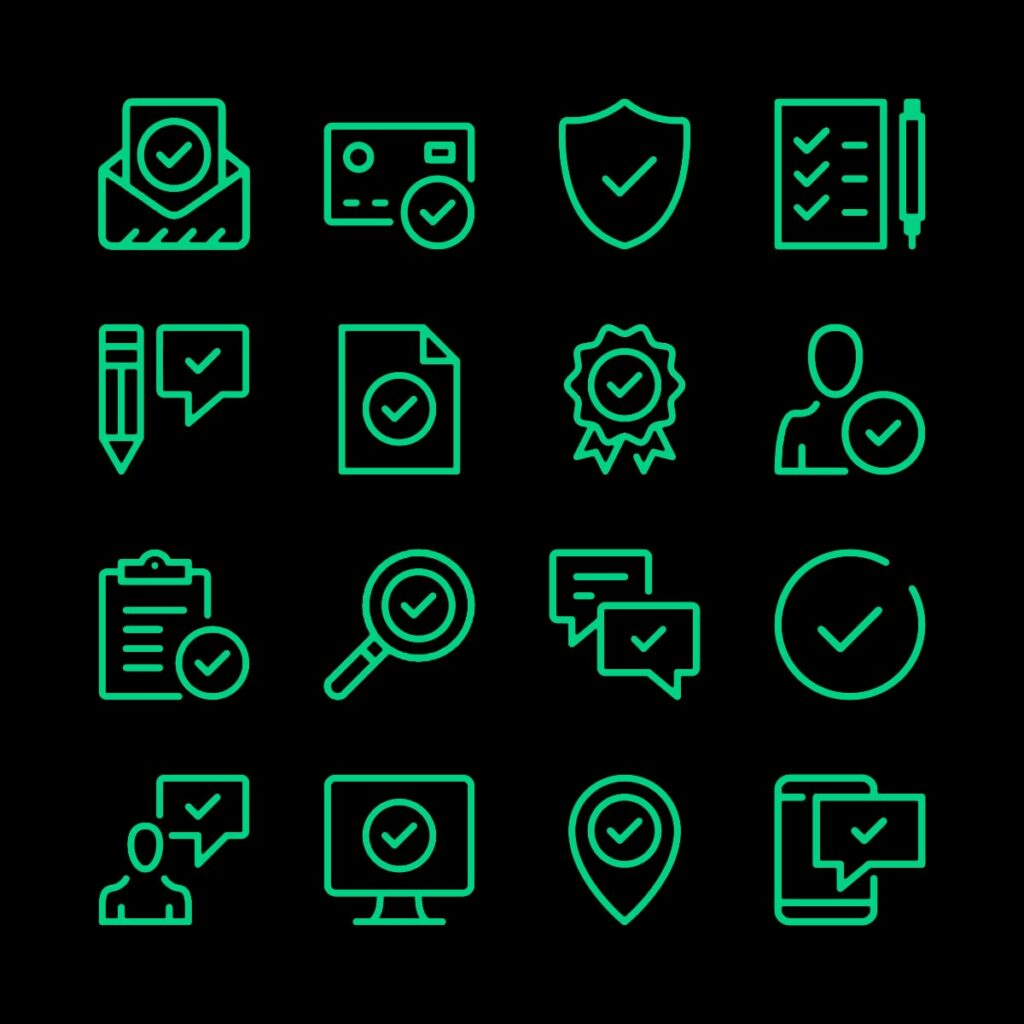Testing apps is one of the most important steps in the software development process, including iOS automation testing. However, it’s also one of the most time-consuming and menial tasks in the process, and one that can seriously bog down developers when they could be writing new code.
With the use of automation tools, it’s possible to automatically test the functionality and performance of iOS apps in both simulated environments and with real devices. This ability allows developers to validate their software’s behavior under various conditions while saving time and effort.
But how is automated testing implemented, and what are some best practices to keep in mind when using these tools? Let’s dive into iOS automation testing and explore how you can implement it, its benefits, and some tips for maximizing its effectiveness.
What are the benefits of iOS automation testing?
So why should developers consider automation testing? As it turns out, there are many ways that this approach can help streamline the development process and cut down on unnecessary resource usage:
Time and resource savings
Automation allows developers to quickly and efficiently test applications, reducing the time and effort required for manual testing. This agility is especially important when testing across multiple devices and operating systems or in different configurations, which can be cost-prohibitive and time-consuming.
Improved test coverage
When you automate testing, you can run a far greater number of test cases, providing more comprehensive coverage of an app’s functionality. And because automated tests are consistent and repeatable, it’s easier to identify and fix bugs or other potential issues earlier in the development cycle. After all, there’s nothing worse than realizing a problem needs to be fixed after you’ve shipped the product.
Easier regression testing
iOS apps typically undergo several changes, bug fixes, and version updates throughout their lifecycle, so regression testing is necessary to verify that code changes have not introduced any new issues. This kind of testing can be arduous when dealing with large or complex codebases, but automation makes it much faster and less labor-intensive.
Faster test speeds
iOS automation testing allows developers to run tests at a much faster rate than they could manually. And with parallel testing capabilities, it’s possible to simultaneously conduct comprehensive tests across multiple devices and configurations so that you can rapidly identify, replicate, and correct problems.
Reduced human error
To err is human, but there’s unfortunately little to no room for error in application testing. Automation software reduces this risk by letting powerful machine learning algorithms handle the details, improving the accuracy and consistency of test results.

When to leverage iOS automation testing
Though some developers rely on automation to test a specific aspect of an application, they could be leveraging automation in many ways during the development lifecycle. Here are some of its most popular uses:
Unit testing
Unit testing is a granular method that focuses on the individual components of an app. Typically, this means a small piece of code — such as a function or method — that performs a specific task.
Unit testing is an important part of the iOS app development process because it lets developers catch issues early, and it’s typically performed in conjunction with integration and acceptance testing to ensure that the app is ready for deployment.
Developers typically write and conduct unit tests while building an app to regularly evaluate the code and verify that everything is working properly. However, developers tend to spend a lot of time writing and running these tests, which makes it a great use case for automated technology.
UI/UX testing
User interface (UI) testing focuses on verifying the appearance, layout, and design of an app’s interactive elements. Test cases will programmatically interact with the app’s UI elements and verify that they are working correctly.
On the other hand, user experience (UX) testing focuses on verifying the overall quality of the user experience of an app by creating test cases that simulate user interactions with the app and evaluate its overall usability and effectiveness.
UI and UX testing are often closely related, as the functionality and appearance of an app’s UI elements are important factors in the overall user experience — that’s why both testers usually evaluate these elements simultaneously. However, while UI testing focuses specifically on the UI elements themselves, UX testing takes a broader view of the user experience and evaluates the app as a whole, including features such as UI element functionality and user flows.
These two kinds of tests are trickier to automate since a lot of UX and UI comes down to a user’s subjective reactions to how the app performs. However, developers still use automation in UI/UX testing to measure load times, verify navigation trees to detect broken redirects, and confirm correct return values upon interaction.
Functional testing
Functional testing ensures that an app’s functions and features are working correctly. This involves creating automated test cases that exercise the app’s functions and verify that they are working as expected. Functional testing is similar to unit testing but typically performed at a higher level than analyzing code snippets.
Typically, functional testing is accomplished through an automation testing tool or framework to create test cases that simulate user interactions with the app and verify that the app responds as expected.
Developers typically perform functional testing at the acceptance testing level, which is the final stage of the testing process before project managers release an app to users.
Regression and end-to-end testing
Developers use regression testing to verify that changes to the code (like after an update, added feature, or bug fix) haven’t introduced any new problems into an app. This is done by running a suite of test cases that exhaustively evaluate the app’s functionality after it changes.
End-to-end testing is a methodology that verifies functionality and overall application flow from start to finish, including all of the app’s components and integrations. The idea is to simulate an actual user scenario, which is why it’s usually the last testing step an application will undergo before it is shipped.
Sofy: A tailor-made automation framework
While there are several popular and feature-rich frameworks for iOS automation testing, many are costly or require expert knowledge of specific programming languages.
But Sofy has developed a no-code solution powered by advanced machine learning, a fully stocked real device lab, and an expert support team to help make the testing process as simple and intuitive as possible.
Sofy’s automation tools seamlessly integrate into the existing DevOps pipeline, eliminating the need for time-consuming scripted testing that becomes redundant a few months later. Instead, Sofy allows you to define test cases, conduct a manual test, and then replicate it across all devices and releases for an agile and scalable answer to common testing woes. Your developers can get tests up and running in just minutes without a single line of code.
Sofy also automatically reports issues and creates crash logs, providing screenshots and steps to replicate the problem so that nothing slips through the cracks before the application is released.
Sofy’s revolutionary approach takes all the guesswork out of iOS testing, which is why some of the biggest names in tech trust our services. Get a demo today to see what Sofy can do for you.
Disclaimer: The views and opinions expressed above are those of the contributor and do not necessarily represent or reflect the official beliefs or positions of Sofy.









